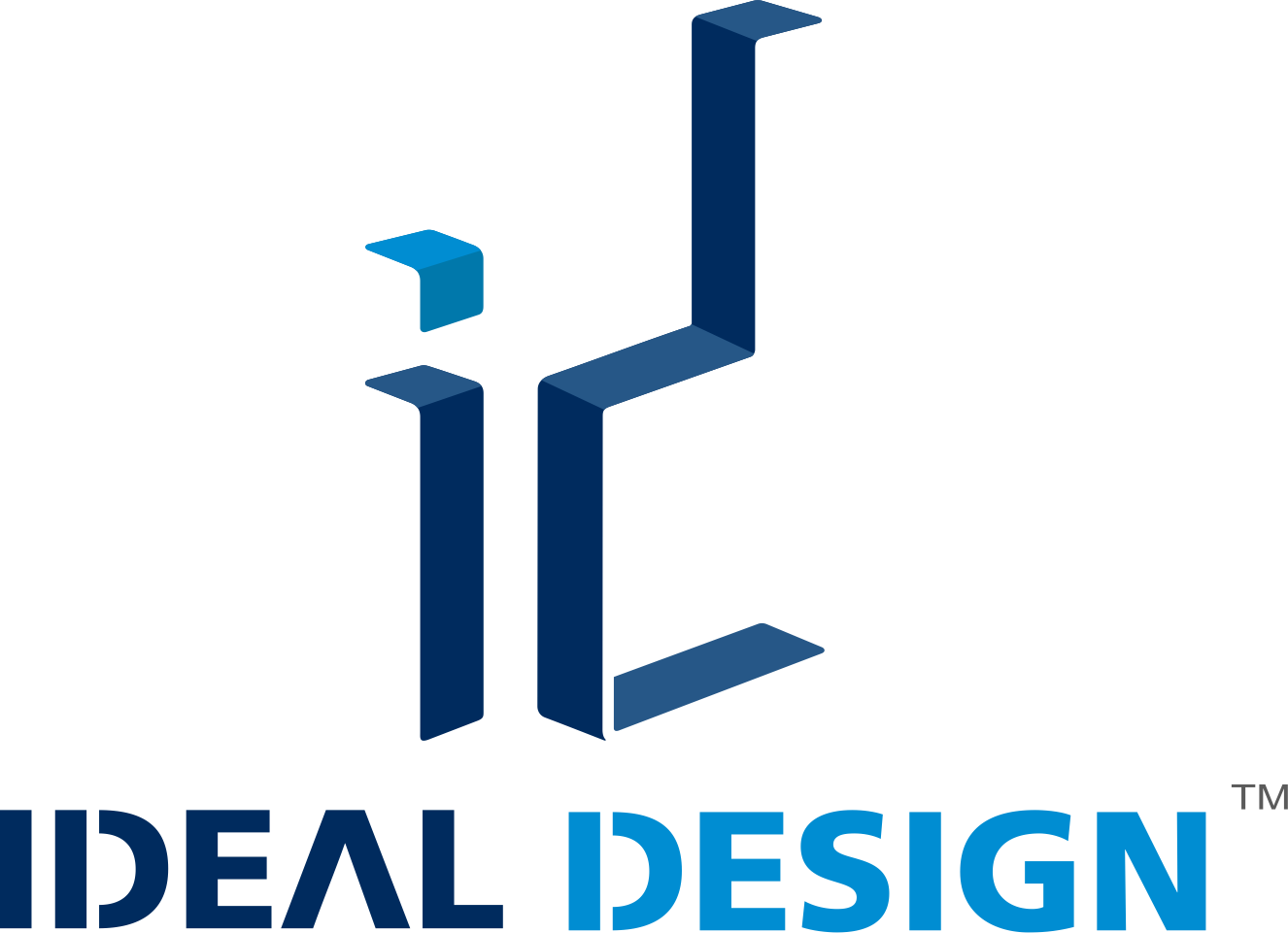In the ever-evolving landscape of manufacturing, Computer-Aided Design (CAD) software has revolutionized how components are designed, tested, and produced. The integration of CAD software into sheet metal fabrication has not only enhanced precision and efficiency but also expanded the possibilities for innovation and customization.
The Basics of CAD Software in Fabrication
CAD software allows engineers and designers to create detailed 2D and 3D models of sheet metal parts and assemblies. This digital approach replaces traditional manual drafting methods, providing a more accurate and flexible way to design complex shapes and structures. With CAD, users can visualize the final product, simulate its performance, and make necessary adjustments before any physical material is cut or formed.
Enhancing Precision and Accuracy
One of the most significant benefits of using CAD software in sheet metal fabrication is the precision it offers. Traditional drafting methods are prone to human error, which can lead to costly mistakes in the fabrication process. CAD software, on the other hand, provides tools for creating highly accurate designs down to the smallest detail. This precision ensures that the final product meets exact specifications and tolerances, which is crucial in industries where even minor deviations can have significant consequences.
Moreover, CAD software includes features like automated dimensioning and geometric constraints, which help maintain consistency throughout the design. These tools allow designers to set specific parameters that the software adheres to, reducing the risk of errors and ensuring that all parts fit together perfectly.
Improving Efficiency and Speed
The use of CAD software significantly accelerates the design and fabrication process. Designers can quickly create and modify designs, perform simulations, and generate the necessary documentation for production. This efficiency translates to shorter lead times and faster turnaround for projects.
Additionally, CAD software enables the reuse of existing designs and templates, which can be particularly beneficial for recurring projects or when designing similar components. By leveraging these digital assets, companies can save time and reduce the effort required to start from scratch.
Facilitating Collaboration and Communication
CAD software also plays a vital role in improving collaboration and communication among teams. In modern manufacturing environments, it is common for multiple stakeholders—engineers, designers, fabricators, and clients—to be involved in a project. CAD files can be easily shared and reviewed, ensuring that everyone is on the same page and any potential issues are identified early in the process.
Advanced CAD systems often come with version control and cloud-based collaboration tools, allowing team members to work together in real-time, regardless of their physical location. This level of collaboration helps streamline the design process and ensures that all inputs are considered, leading to better overall outcomes.
Expanding Innovation and Customization
The capabilities of CAD software extend beyond traditional design constraints, enabling greater innovation and customization. Designers can experiment with complex geometries and intricate details that would be difficult, if not impossible, to achieve manually. This freedom fosters creativity and allows for the development of unique, high-performance sheet metal components.
Furthermore, CAD software can integrate with other technologies, such as computer-aided manufacturing (CAM) and additive manufacturing (3D printing), to further enhance the fabrication process. This integration allows for seamless transitions from design to production, ensuring that the digital model is accurately translated into the physical product.
Conclusion
The role of CAD software in modern sheet metal fabrication cannot be overstated. It has transformed the industry by enhancing precision, improving efficiency, facilitating collaboration, and fostering innovation. As CAD technology continues to evolve, it will undoubtedly play an even more critical role in shaping the future of sheet metal fabrication, helping manufacturers meet the demands of increasingly complex and customized projects with unparalleled accuracy and speed.

